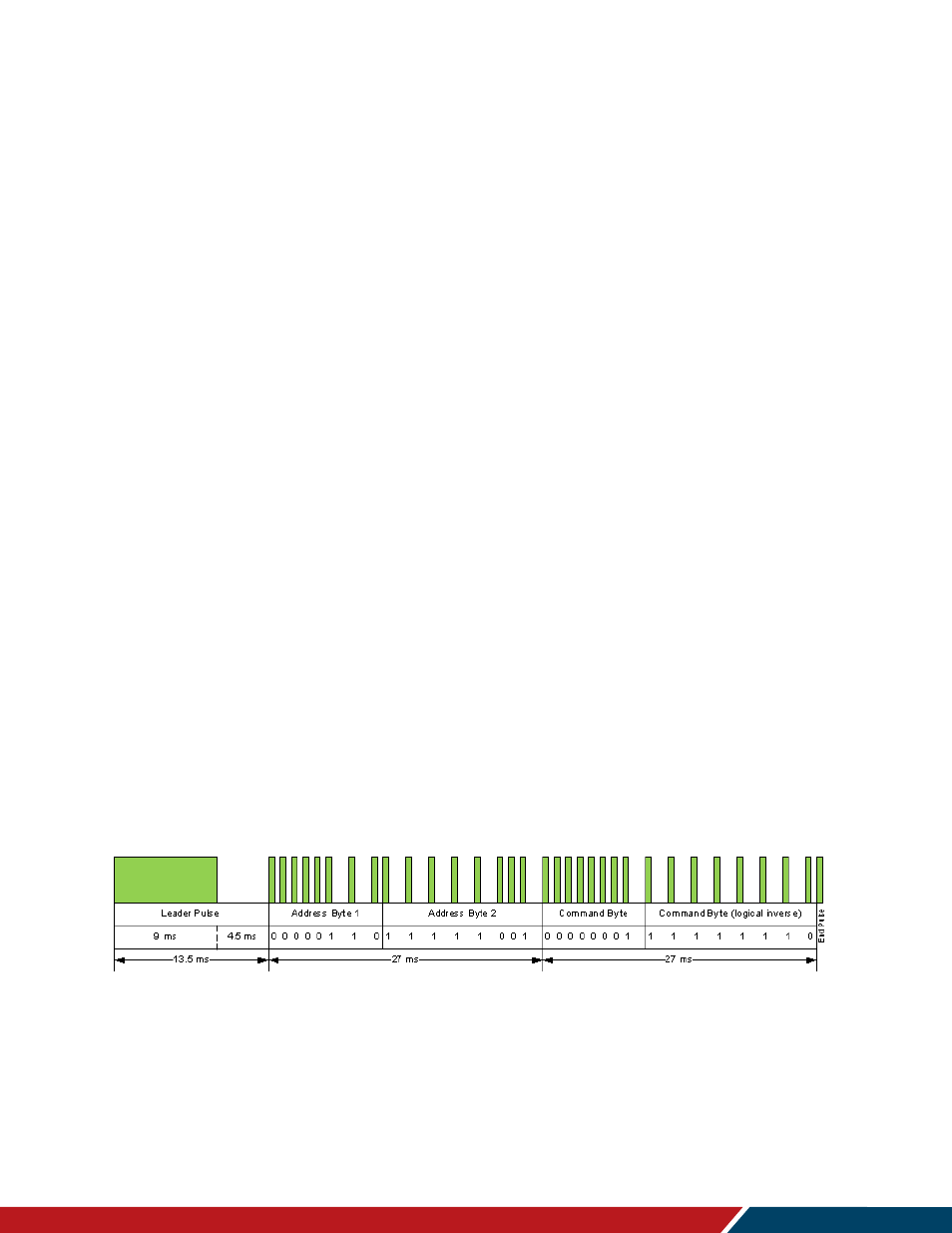Ir command protocol – Planar Systems Simplicity Series SLM50 50" UHD 4K Commercial Monitor User Manual
Page 28

Operating the Display
Planar Simplicity M Series User Manual
020-1409-00D
Page | 28
13. IR Command Protocol
The Planar Simplicity M Series displays accept commands in the form of IR signals that conform
to the NEC protocol. Each Planar Simplicity M Series remote control has an NEC control code
associated with it. You can use these codes to program a third-
party “universal” remote control
to work with the Planar Simplicity M Series displays. These third-party products usually come
with a computer software application for this purpose. For more information, consult the
documentation provided with the remote control.
Note:
In addition to supporting the NEC protocol, Planar Simplicity M Series displays are also
compatible with the IR protocol for the predecessor Planar Simplicity 4K displays. Refer to the
manual for Planar Simplicity 4K displays, or contact Planar Support for more information.
The IR control codes have the following characteristics:
• Each code consists of the following:
• A leader pulse (a modulated pulse of 9 ms followed by a non-modulated pulse of 4.5 ms)
• 16 address bits. The default address is 1785 (0x06F9, binary 00000110 11111001)
• 16 data bits: eight (8) bits for the command followed by the logical inverse of the command
• An end pulse (a modulated pulse of 0.56 ms, similar to the modulated pulse in the ‘0’ and
‘1’ bits). The end of the modulated pulse constitutes the end of the data transmission.
• The carrier frequency is 38 kHz, with the modulated pulses having a 33% duty cycle.
• Commands are sent at a maximum rate of 9 Hz.
For example, below is the NEC control code for the ON button of the Planar Simplicity M Series
remote control (assuming the default address is used).
Hex
06
F9
01
FE
Binary
00000110
11111001
00000001
11111110
Function
Address Byte
1
Address Byte
2
Command
Command
(Logical Inverse)
The following example shows the pulse train for this command.
